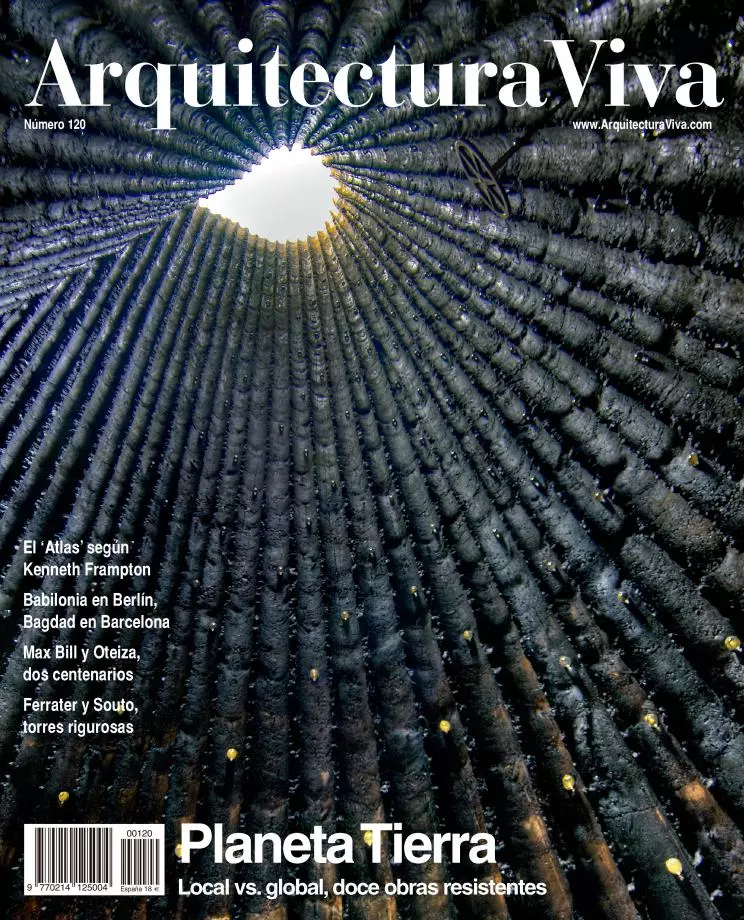
The Atlas intends to be a critical assessment of world architecture in our global times: both a ‘state of the art’ and a ‘state of the planet’, centered on the period opened by the Fall of the Berlin Wall. After an introduction on Spain as a laboratory of global architecture, ten long chapters written by experts explore the different regions of the world. Each section is rounded off with the detailed publication of three representative works of the area in question, completed between 1990 and 2007, that is, circa 2000. The world regions mapped in this survey follow closely the civilizations identified by Samuel P. Huntington in his classic work of 1996, though geography has suggested fragmenting what he calls Western Christendom in three chapters – Western Europe, North America, Australia and the Pacific –, besides granting chapters of their own to Russia and Eastern Europe, and to Latin America. However, this distribution of convenience does not demand endorsing his thesis that the fundamental source of conflict in the post-Cold War world will be cultural (a point of view tragically reinforced by 9/11 and its aftermath in Bali, Madrid, London or Bombay), and neither does it imply that religious and cultural fault lines are more important than the homogeneity brought about by the process of globalization, with the spread of sprawl and spectacle as the two main traits of the contemporary urban and architectural landscape... [+]





